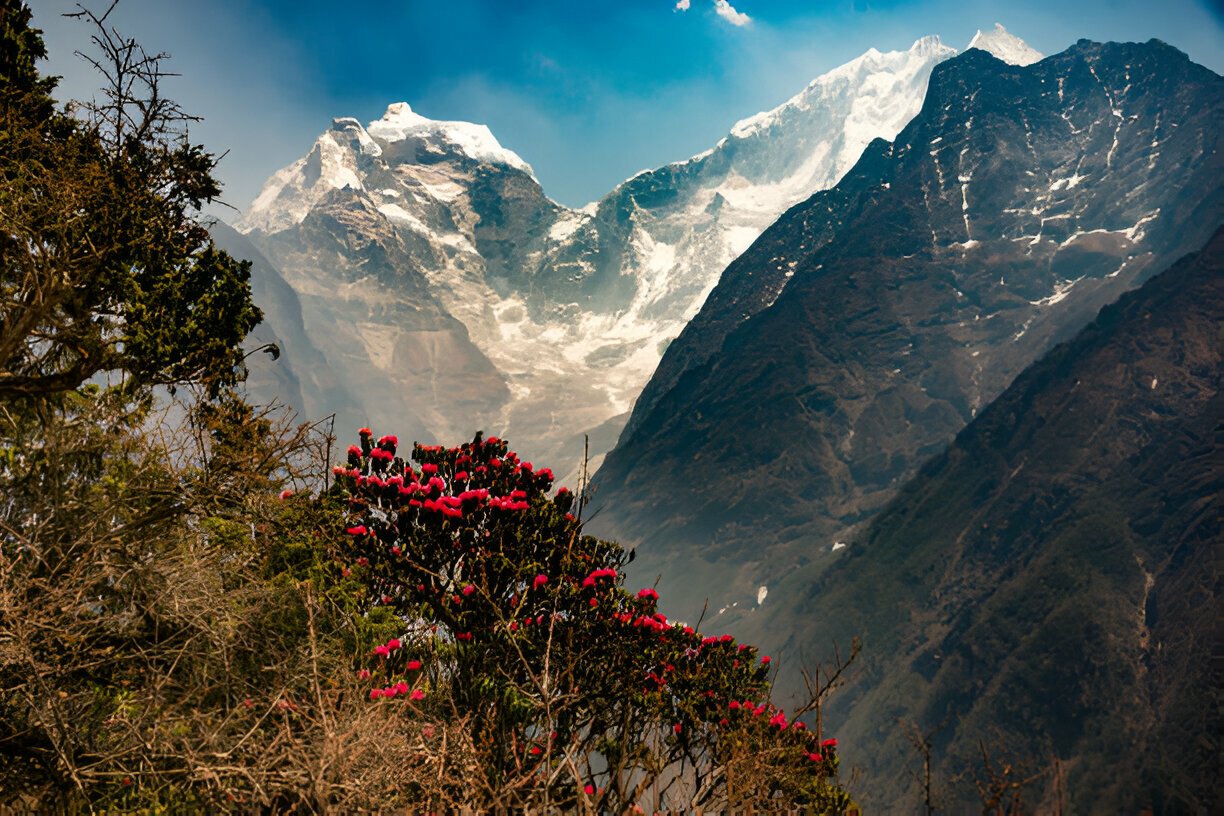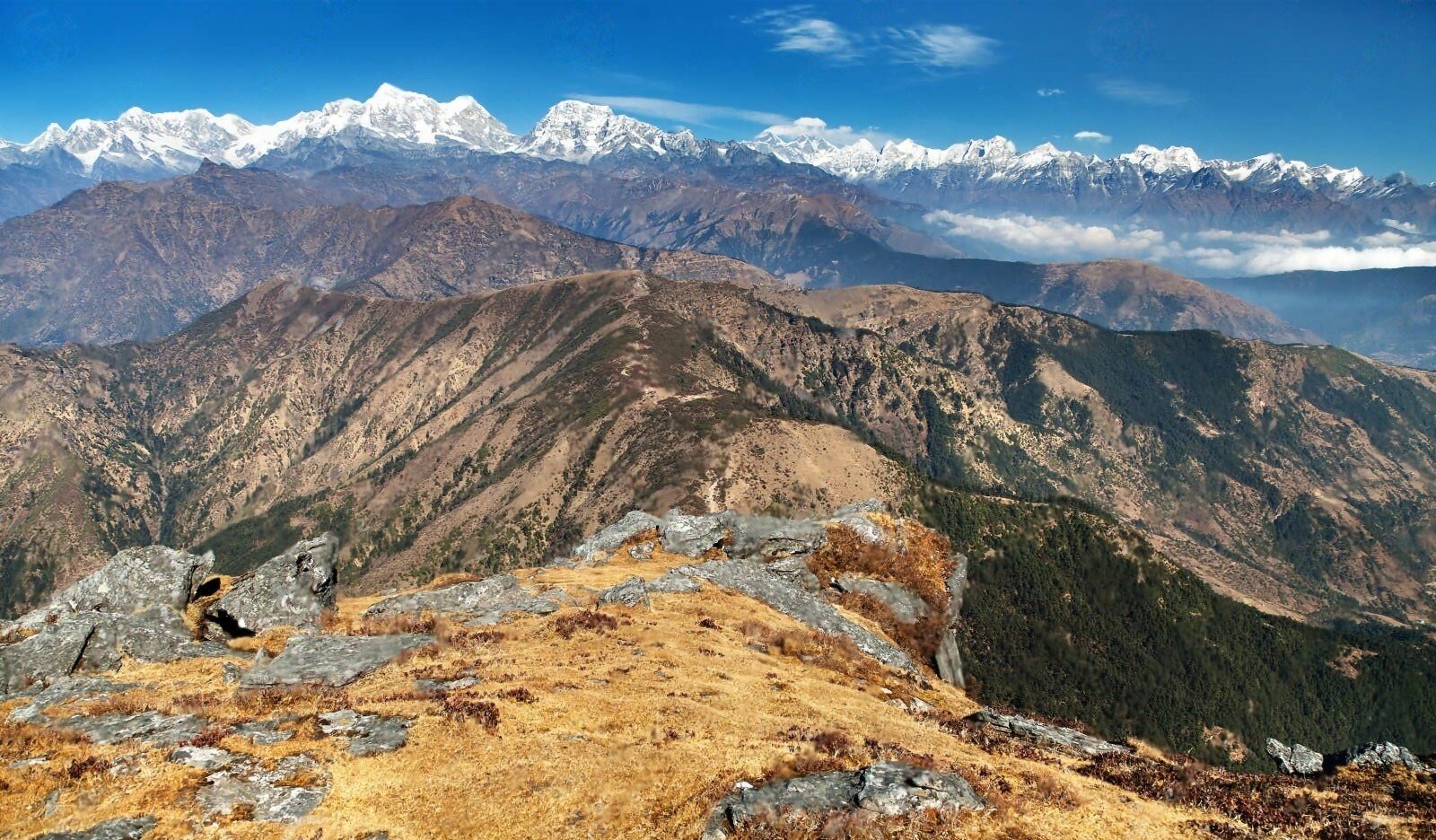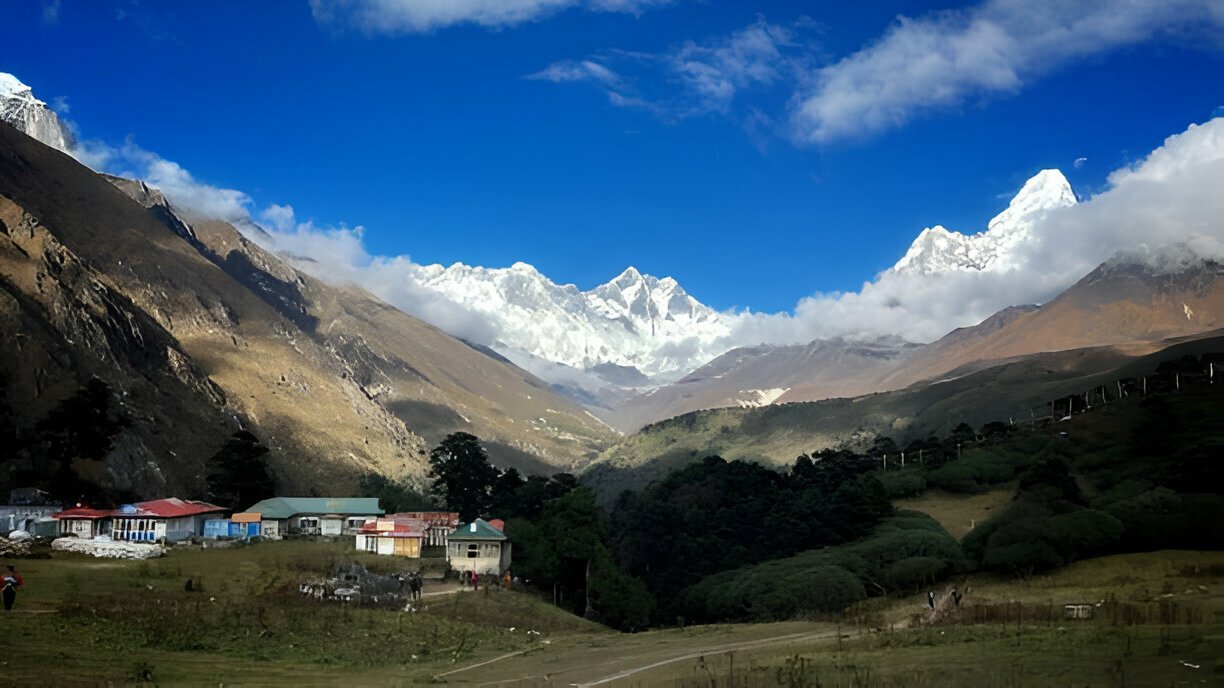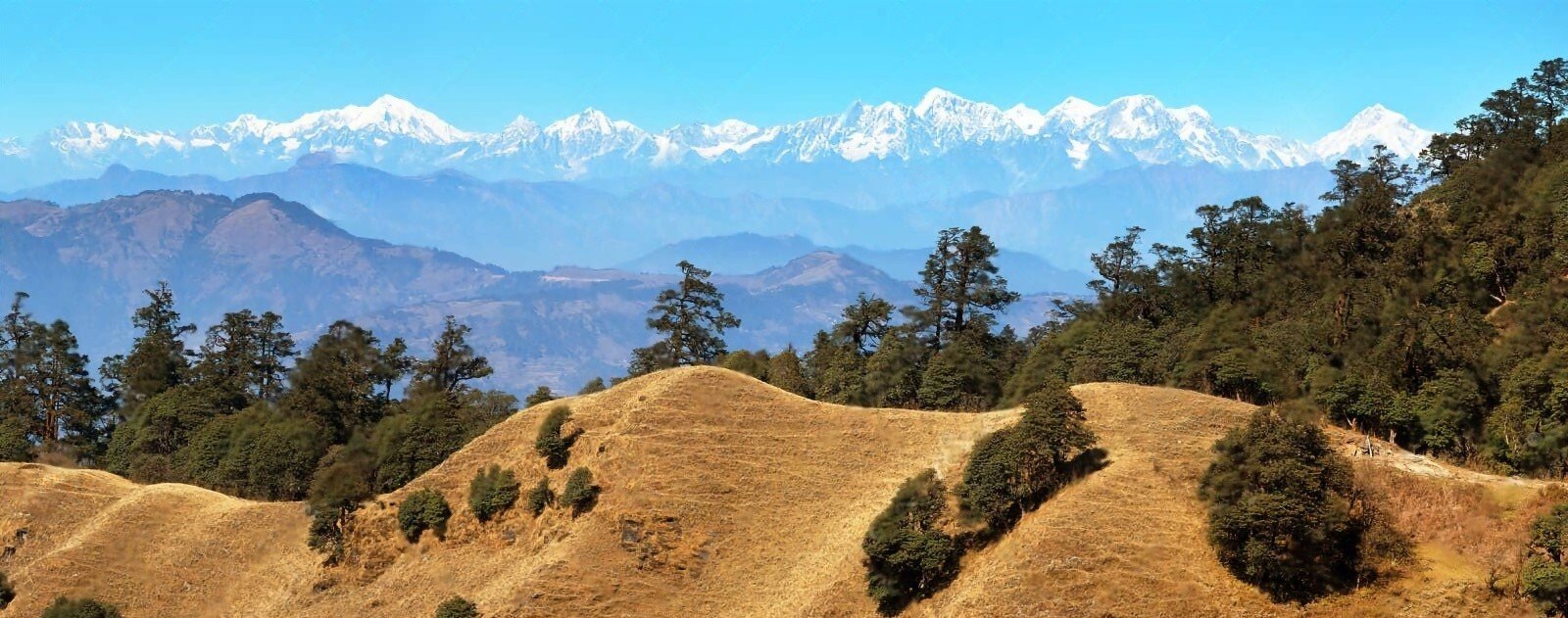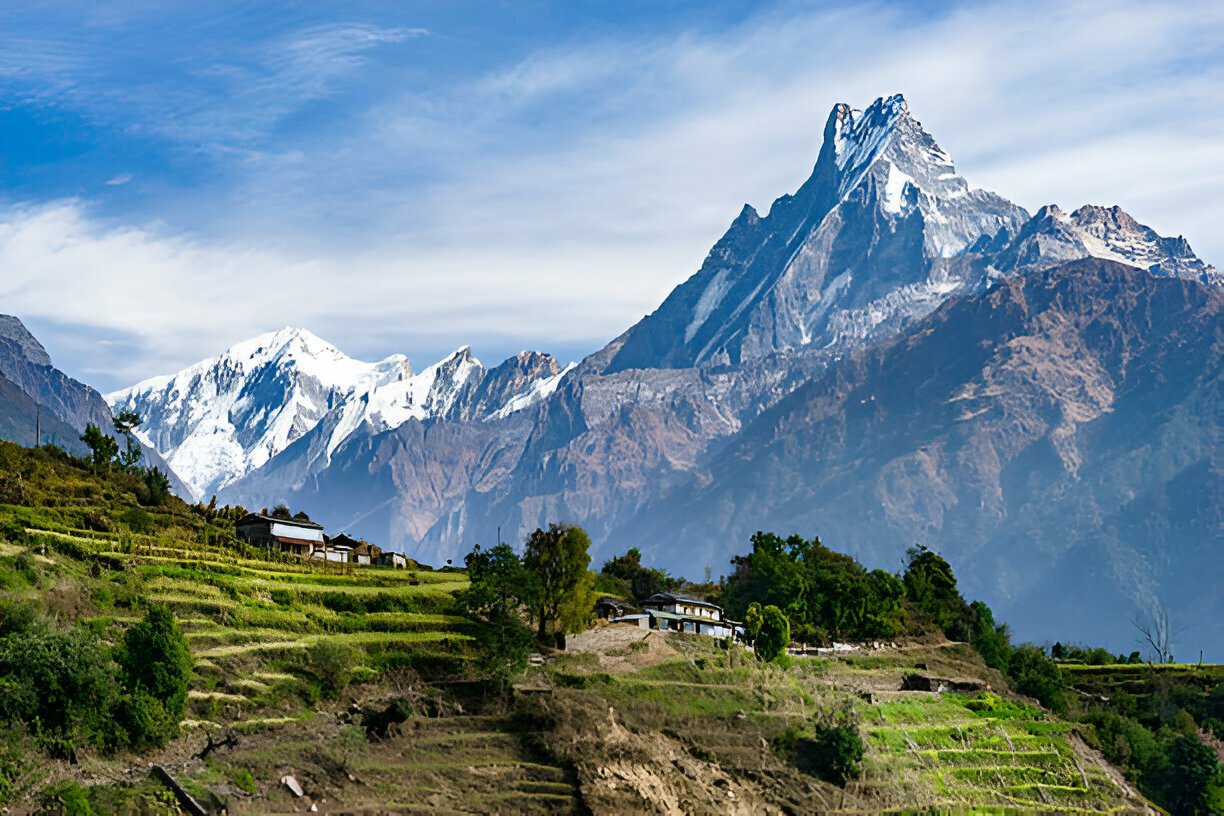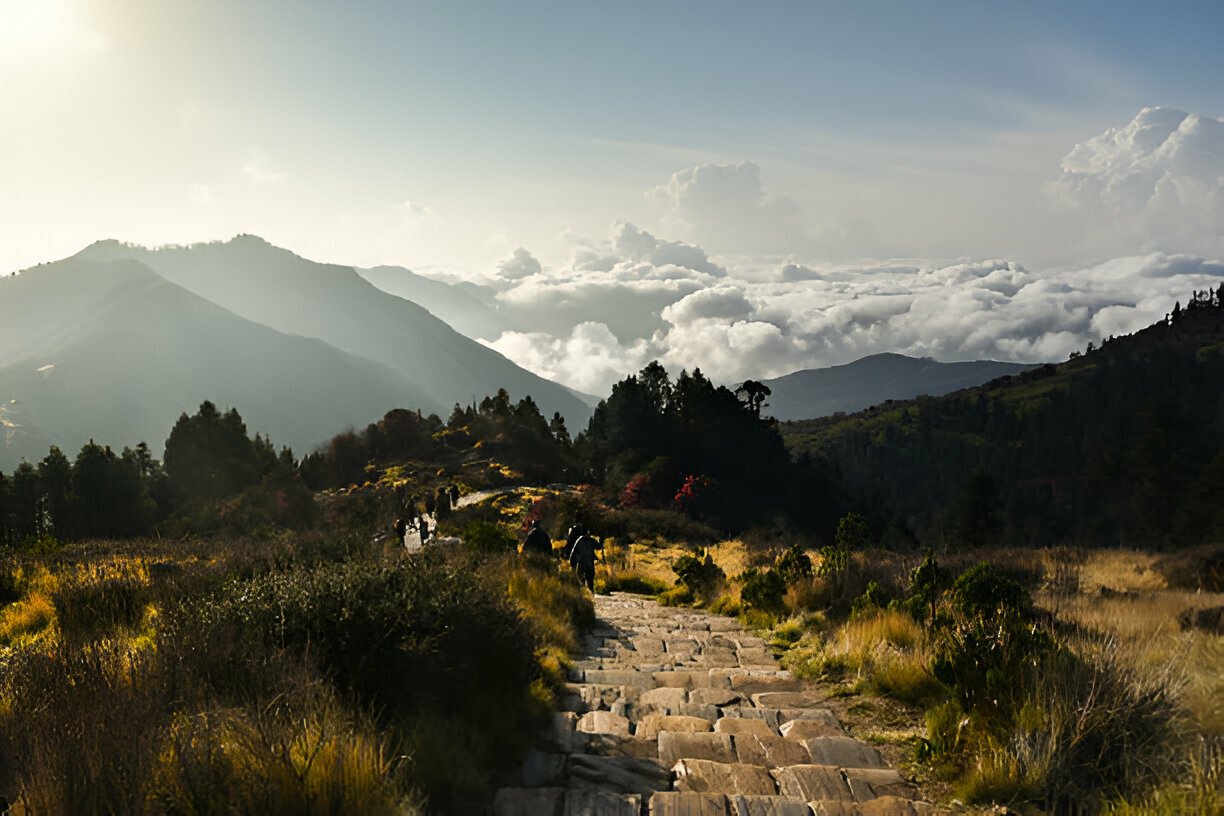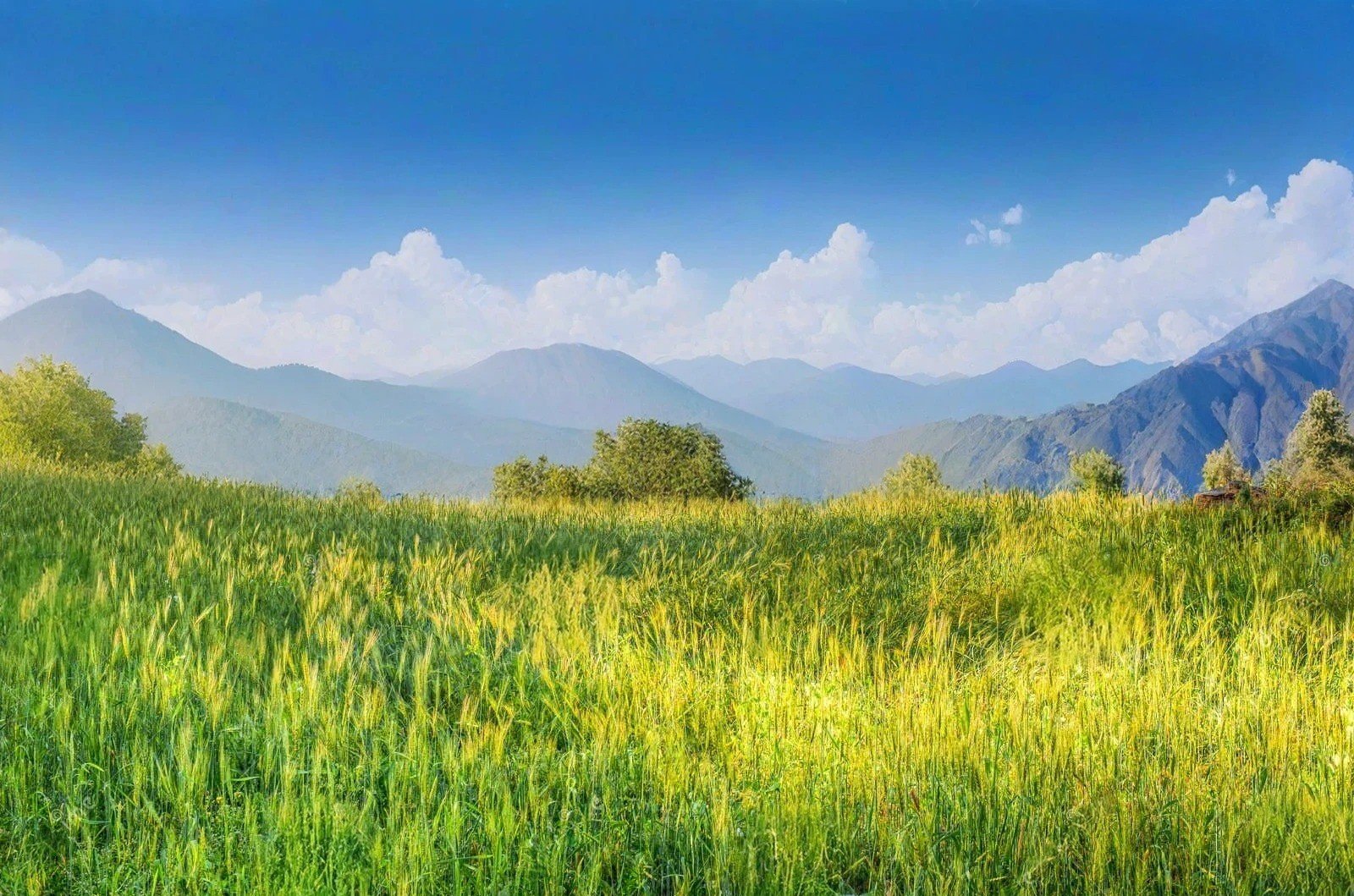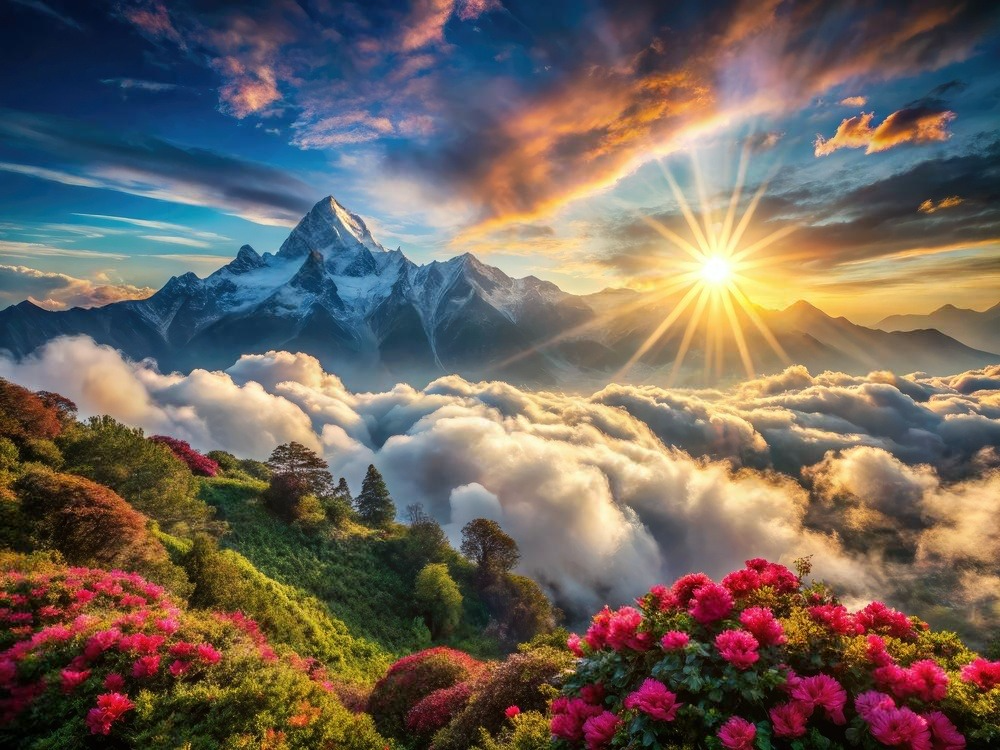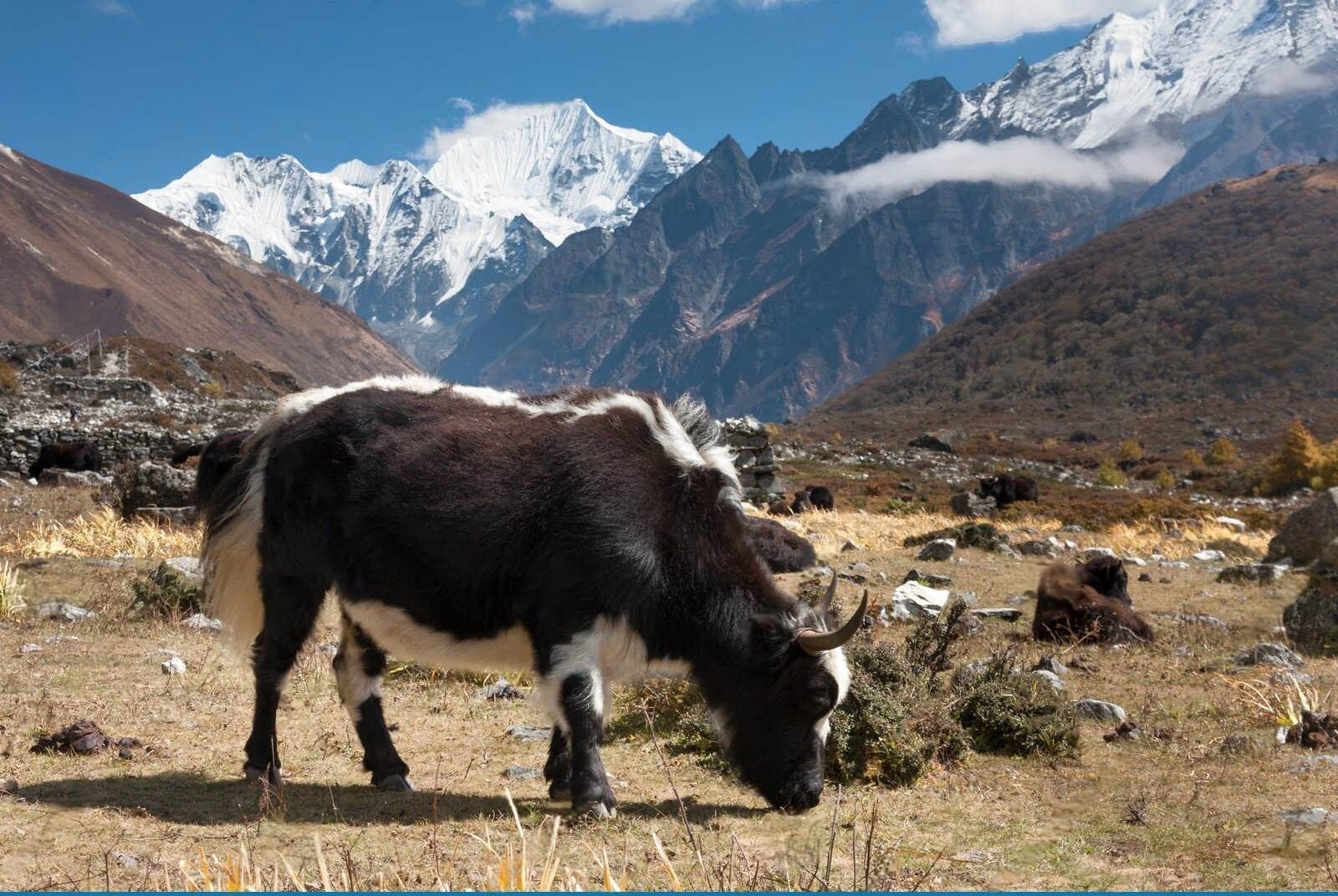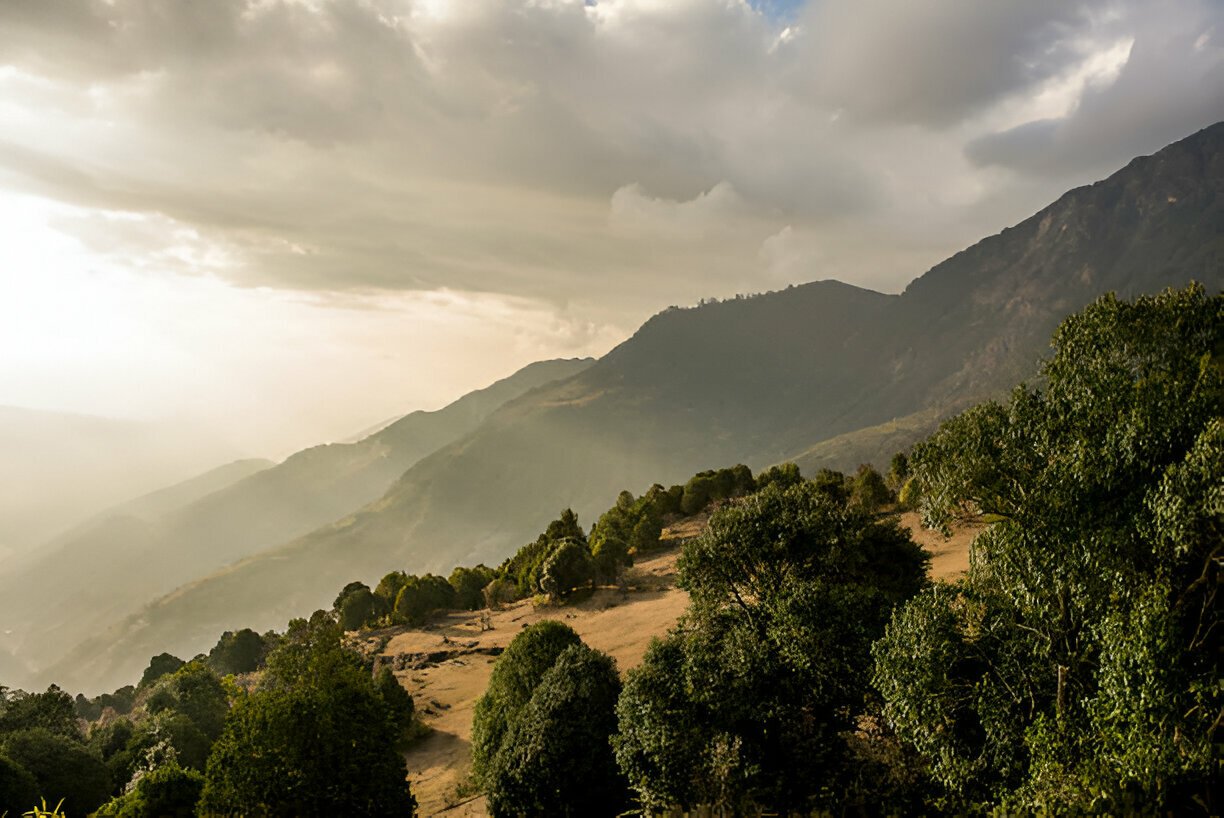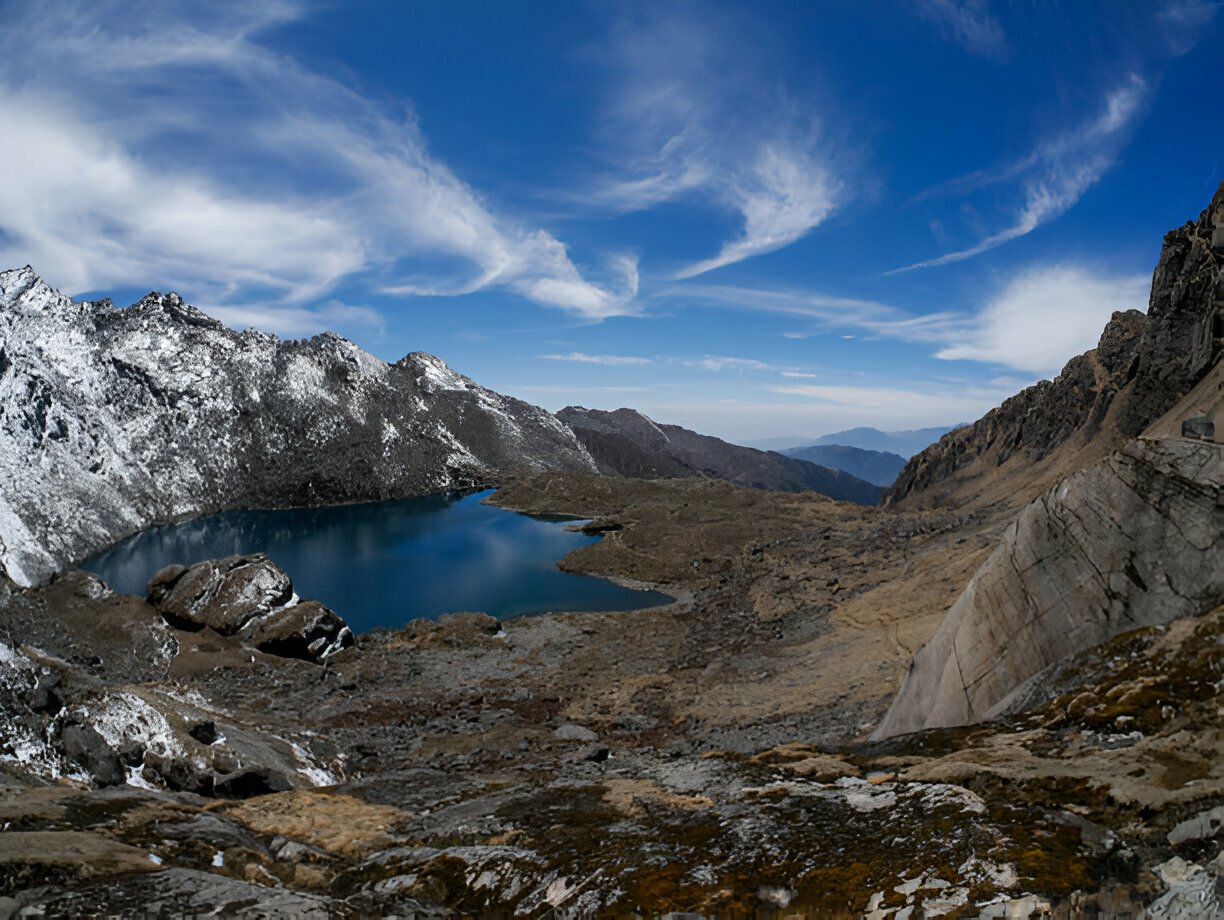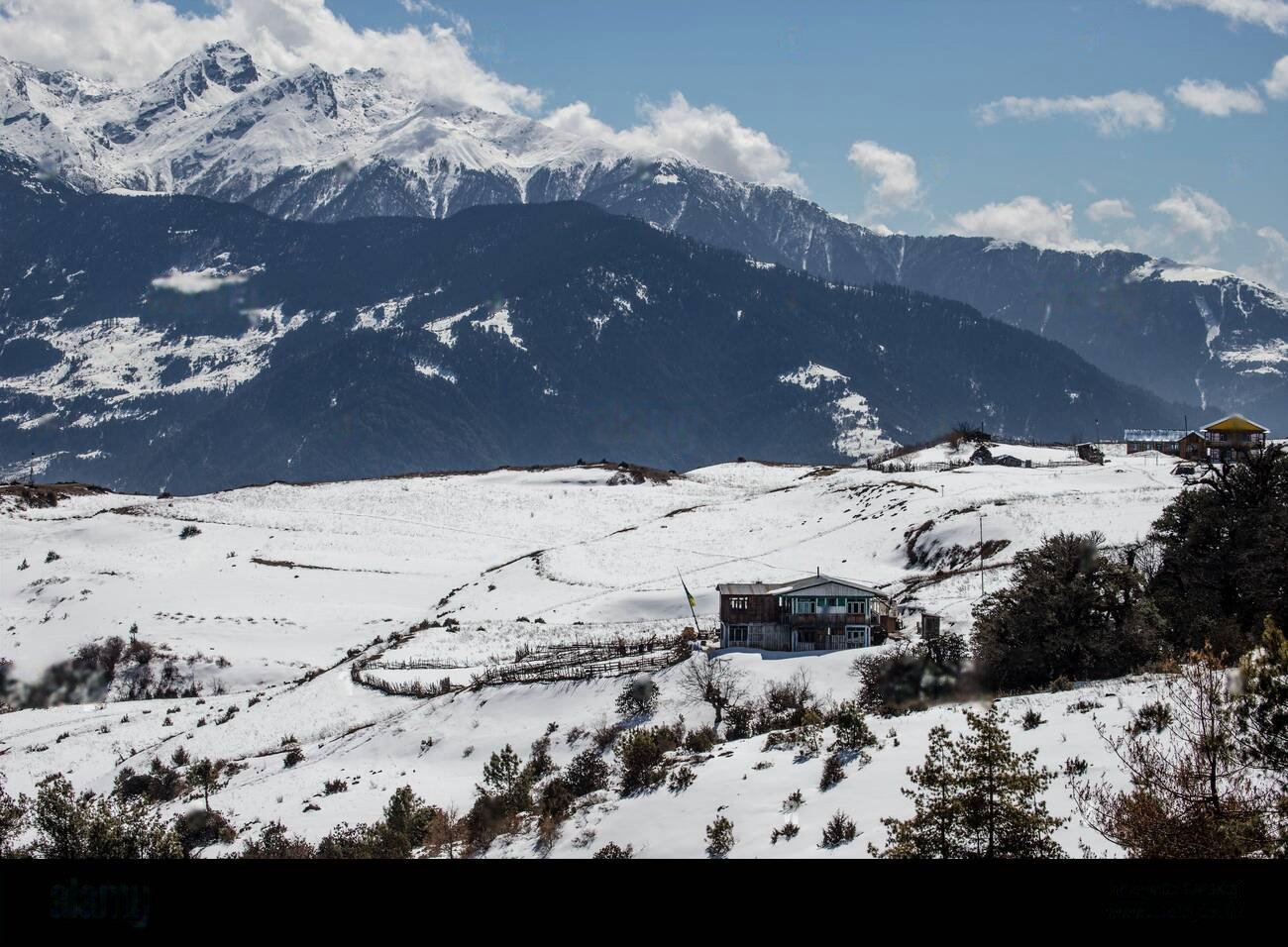 Detailed Information
Detailed Information
Janaki Temple offers a deeply immersive cultural and spiritual experience that connects visitors to one of Hinduism's most beloved narratives—the Ramayana—in a living tradition that continues to define the identity of Nepal's Maithili community. What makes this sacred site extraordinary is its perfect fusion of architectural grandeur, devotional fervor, and cultural authenticity in a region rarely visited by international travelers.
As you approach the temple through narrow lanes filled with pilgrims, vendors selling marigold garlands, and the occasional wandering cow, the first glimpse of the brilliant white structure rising above the surrounding buildings creates an immediate sense of having entered a space between mythology and reality. The temple's facade, with its ornate spires and detailed carvings executed in pristine marble, presents a startling contrast to the earthy surroundings of Janakpur, signaling its special status as a divine abode.
The ritual experience centers around darshan (sacred viewing) of the elaborately adorned images of Sita and Ram in the central sanctum, where priests perform regular ceremonies throughout the day. Joining the clockwise flow of devotees around the inner sanctum, you become part of a tradition that has continued unbroken for centuries. The marble floors cool beneath bare feet, the sweet fragrance of incense, and the melodic chanting of Sanskrit mantras create a multisensory sacred environment that transcends ordinary experience.
The cultural tapestry surrounding Janaki Temple is equally compelling. The temple serves as the epicenter of Maithili culture—one of the oldest civilizations of the Indian subcontinent with its distinctive language, art forms, and traditions. The surrounding complex and nearby marketplace showcase vibrant Mithila paintings with their characteristic geometric patterns and nature motifs, handcrafted pottery decorated with symbols from the Ramayana, and textile arts that have been passed down through generations of women. During festivals, the temple grounds come alive with performances of traditional music played on the dholak and harmonium, accompanied by devotional singing that often continues through the night.
Throughout the day, the atmosphere at Janaki Temple shifts subtly. Early morning brings devoted locals performing their daily rituals before work, creating a scene of authentic spiritual practice unmarked by tourism. By mid-morning, pilgrims from further afield arrive, often traveling in family groups to receive blessings at this auspicious site. Late afternoon sees many visitors seated in contemplation in the temple courtyard, while evening brings the most spectacular aarti ceremonies illuminated by hundreds of oil lamps. This daily rhythm reflects the living nature of Janaki Temple as both an architectural treasure and a contemporary center of Hindu devotion.
Janaki Temple offers a deeply immersive cultural and spiritual experience that connects visitors to one of Hinduism's most beloved narratives—the Ramayana—in a living tradition that continues to define the identity of Nepal's Maithili community. What makes this sacred site extraordinary is its perfect fusion of architectural grandeur, devotional fervor, and cultural authenticity in a region rarely visited by international travelers.
As you approach the temple through narrow lanes filled with pilgrims, vendors selling marigold garlands, and the occasional wandering cow, the first glimpse of the brilliant white structure rising above the surrounding buildings creates an immediate sense of having entered a space between mythology and reality. The temple's facade, with its ornate spires and detailed carvings executed in pristine marble, presents a startling contrast to the earthy surroundings of Janakpur, signaling its special status as a divine abode.
The ritual experience centers around darshan (sacred viewing) of the elaborately adorned images of Sita and Ram in the central sanctum, where priests perform regular ceremonies throughout the day. Joining the clockwise flow of devotees around the inner sanctum, you become part of a tradition that has continued unbroken for centuries. The marble floors cool beneath bare feet, the sweet fragrance of incense, and the melodic chanting of Sanskrit mantras create a multisensory sacred environment that transcends ordinary experience.
The cultural tapestry surrounding Janaki Temple is equally compelling. The temple serves as the epicenter of Maithili culture—one of the oldest civilizations of the Indian subcontinent with its distinctive language, art forms, and traditions. The surrounding complex and nearby marketplace showcase vibrant Mithila paintings with their characteristic geometric patterns and nature motifs, handcrafted pottery decorated with symbols from the Ramayana, and textile arts that have been passed down through generations of women. During festivals, the temple grounds come alive with performances of traditional music played on the dholak and harmonium, accompanied by devotional singing that often continues through the night.
Throughout the day, the atmosphere at Janaki Temple shifts subtly. Early morning brings devoted locals performing their daily rituals before work, creating a scene of authentic spiritual practice unmarked by tourism. By mid-morning, pilgrims from further afield arrive, often traveling in family groups to receive blessings at this auspicious site. Late afternoon sees many visitors seated in contemplation in the temple courtyard, while evening brings the most spectacular aarti ceremonies illuminated by hundreds of oil lamps. This daily rhythm reflects the living nature of Janaki Temple as both an architectural treasure and a contemporary center of Hindu devotion.
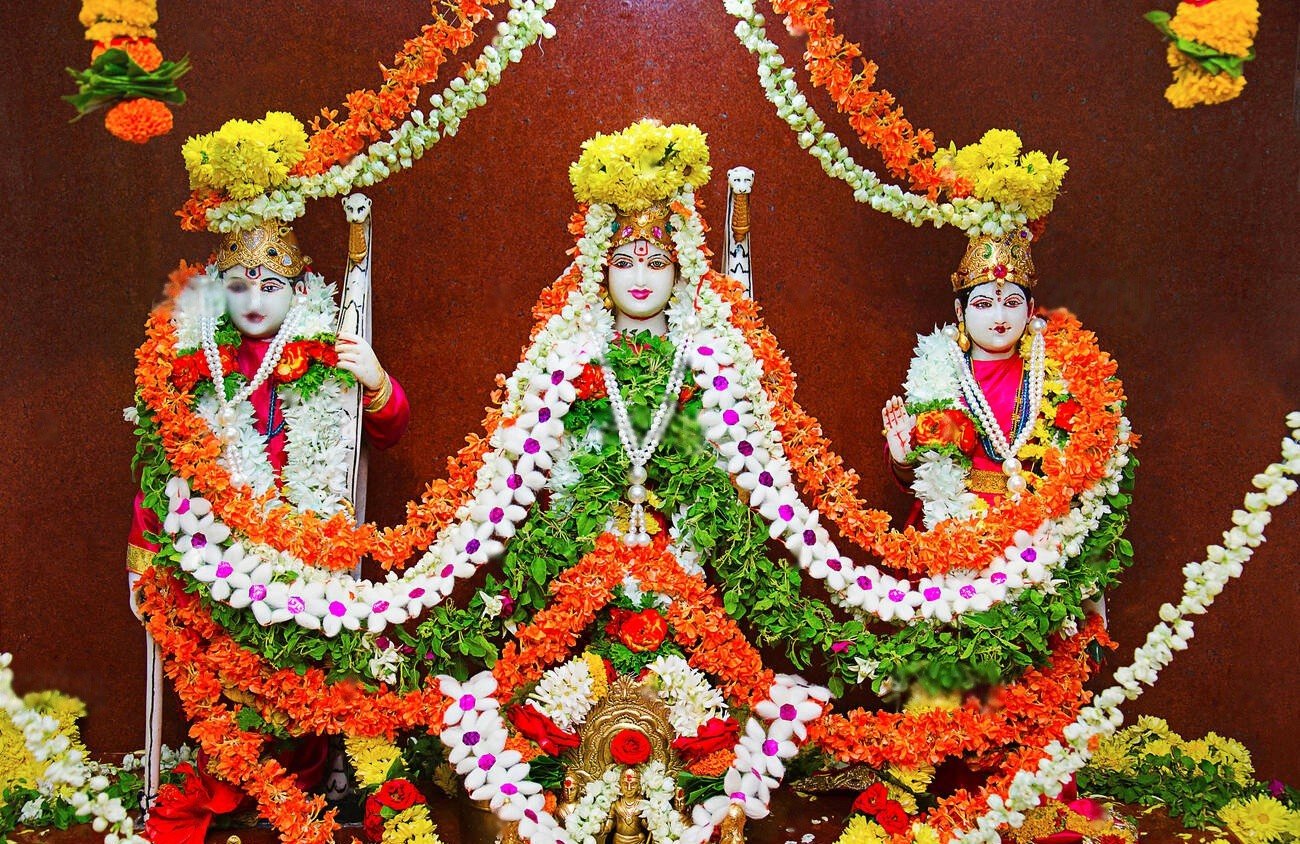
From $0
Price Varies from Group Size
Success
Here goes about why the success toast occurred.
 Activity Outline
Activity Outline
Sunrise Darshan at Janaki Temple
Temple Architecture Exploration
Sacred Ponds and Surrounding Shrines
Vivah Mandap and Marriage Site
Mithila Art Experience
Janakpur Cultural Center
Ramayan Circuit Walk
Evening Aarti Ceremony
 Good to Know
Good to Know
Unlike many Hindu temples, Janaki Temple allows non-Hindu visitors to enter the main sanctum, though respectful behavior and appropriate dress are essential. Photography is permitted in most areas, but should be discreet during ceremonies.
Cultural Highlights
Maithili Heritage: Center of Maithili language, arts, and cultural traditions
Vivah Panchami Festival: Weeklong celebration of Sita and Ram's marriage (November/December)
Mithila Painting: Traditional art form featuring geometric patterns and Ramayana scenes
Ram Navami Celebrations: Grand festivities for Lord Ram's birthday (March/April)
Traditional Music: Regular performances of devotional music and bhajans
Visitor Etiquette
Remove shoes before entering the temple (shoe storage is available)
Dress modestly, covering shoulders and knees
Women should cover their heads inside the main sanctum (scarves available to borrow)
Walk clockwise around sacred objects and shrines
Ask permission before photographing people engaged in worship
Respectfully accept prasad (blessed food offerings) with your right hand
Maintain quiet and respectful behavior, especially during ritual ceremonies
Nearby Attractions
Ram Sita Vivah Mandap: Ceremonial wedding site (walking distance)
Dhanush Sagar: Sacred pond linked to Lord Ram's bow (1 km)
Ganga Sagar: Holy lake mentioned in ancient texts (1.5 km)
Janakpur Railway Station: Historic British-era building (2 km)
Ram Mandir: Important temple dedicated to Lord Ram (2.5 km)
 Reviews
Reviews
 FAQs (Frequently Asked Questions)
FAQs (Frequently Asked Questions)
Your queries are answered.
What makes the architecture of Janaki Temple unique?
Built in 1910 with funding from Queen Vrisha Bhanu of Tikamgarh (India), the temple represents a remarkable fusion of Mughal Islamic and Rajput Hindu architectural styles, a blend rarely seen in Nepal. Its entirely white marble construction, 60 rooms, 139 pillars, and extensive use of embedded mirrors and intricate carvings make it architecturally distinctive. It earned the name "Naulakha Mandir" because it reportedly cost 9 lakh (900,000) rupees to build an enormous sum at the time.
When is the best time to visit Janaki Temple?
While the temple is magnificent year-round, Vivah Panchami (November/December) offers the most spectacular experience as the city celebrates the divine marriage of Sita and Ram with processions, music, dance performances, and elaborate rituals lasting a week. Ram Navami (March/April) is another auspicious time when the temple is beautifully decorated for Lord Ram's birthday celebrations. For those seeking a quieter experience, October to February provides pleasant weather without the largest crowds.
What is Mithila culture and how does it relate to Janaki Temple?
Mithila (or Maithili) culture represents one of the oldest civilizations of the Indian subcontinent, centered in the historical region that includes present-day Janakpur. This culture is characterized by its distinctive language (Maithili), unique art forms (particularly Mithila painting), rich traditions of music and dance, and social customs. Janaki Temple stands at the heart of this cultural region and serves as both its spiritual center and the preserver of its traditions, particularly those related to the Sita-Ram narrative that defines much of Maithili cultural identity.
Can visitors participate in ceremonies at the temple?
Yes, visitors are welcome to respectfully observe and participate in most ceremonies at Janaki Temple. During daily aartis (ceremonial light offerings), you can join devotees in witnessing the ritual and may receive blessings from priests. During major festivals, many aspects of the celebrations are specifically designed to include all visitors. While certain special rituals may be restricted to practicing Hindus, the temple generally maintains an inclusive atmosphere.
What is the "Ramayan Circuit" and how does Janakpur fit into it?
The Ramayan Circuit is a pilgrimage and cultural tourism initiative connecting sites associated with the Ramayana epic across India and Nepal. Janakpur holds a premier position in this circuit as the birthplace of Sita and the location of her marriage to Ram. The government of India has been developing infrastructure to connect these sites, and Janakpur serves as one of the key destinations on this route, attracting devotees who wish to visit locations where events from the Ramayana actually took place according to Hindu tradition.
How important is Janaki Temple to Nepal-India relations?
The temple serves as an important cultural bridge between Nepal and India, with pilgrims from both countries visiting regularly. In recent years, both governments have recognized the temple's significance for cultural diplomacy and regional cooperation. Indian Prime Minister Narendra Modi and Nepali leaders have visited the site together, emphasizing the shared cultural heritage it represents. The temple symbolizes the deep cultural and religious connections between the two nations that transcend modern political boundaries.
Is Janakpur worth visiting for those with limited interest in Hindu religion?
Absolutely. Beyond its religious significance, Janaki Temple offers extraordinary architectural beauty, opportunities to experience the unique Mithila culture and arts, and a glimpse into a side of Nepal quite different from the Himalayan regions that dominate tourism. The vivid cultural life surrounding the temple including distinctive art, music, cuisine, and festivals—makes Janakpur fascinating from anthropological, historical, and artistic perspectives even for those with limited background in Hindu traditions.




